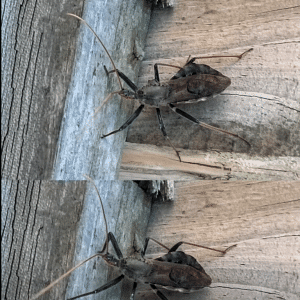In the wild, snakes usually have the upper hand as predators—but sometimes, turtles flip the script.
Picture a peaceful pond. A snake slithers quietly through the grass, eyeing a turtle basking in the sun. It thinks this will be easy prey. But as it gets closer, the turtle does something unexpected—it starts to vibrate.
This odd shaking isn’t fear—it’s strategy. The vibration confuses the snake, which relies on sensing ground movement to hunt. It also acts as a call to nearby turtles. While usually solitary, turtles can show up to help, their numbers intimidating enough to scare off a lone attacker.
Some turtles even emit low, growl-like sounds during this display, further unsettling the predator. The result? The snake hesitates, loses confidence, and slinks away.

This clever behavior shows how even the slow and quiet can outsmart the fast and dangerous. It’s a reminder of nature’s brilliance—and why every creature, big or small, plays a vital role in the ecosystem.





